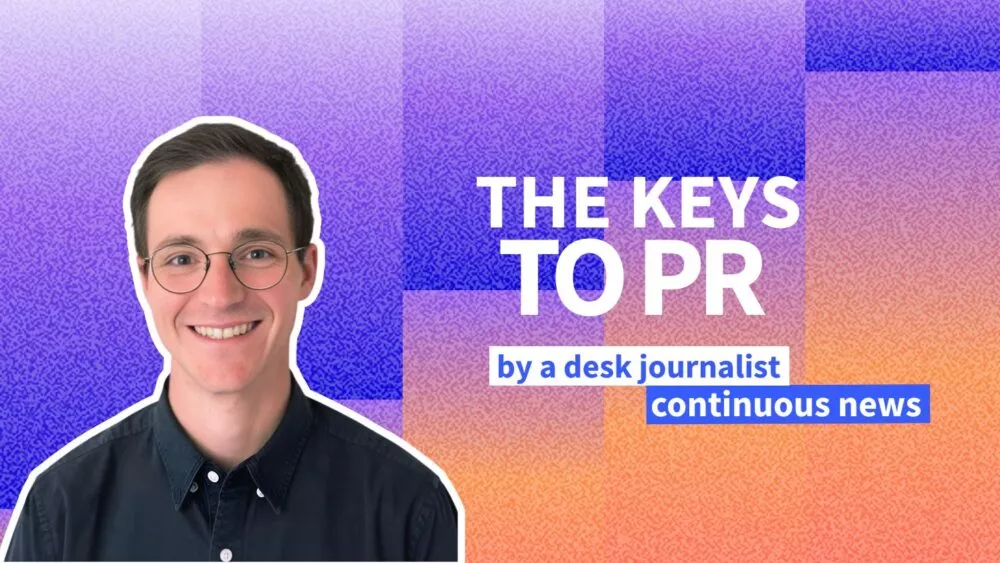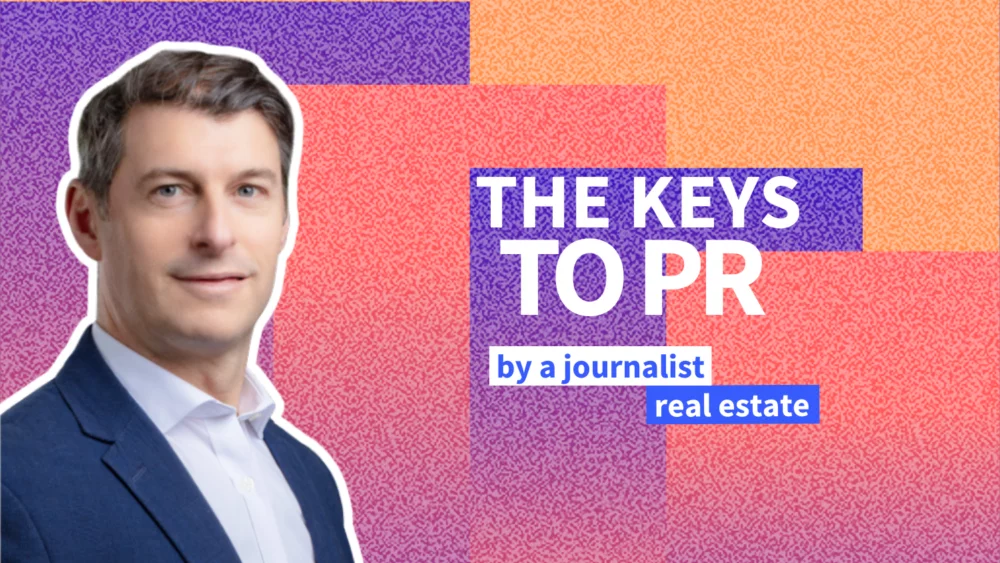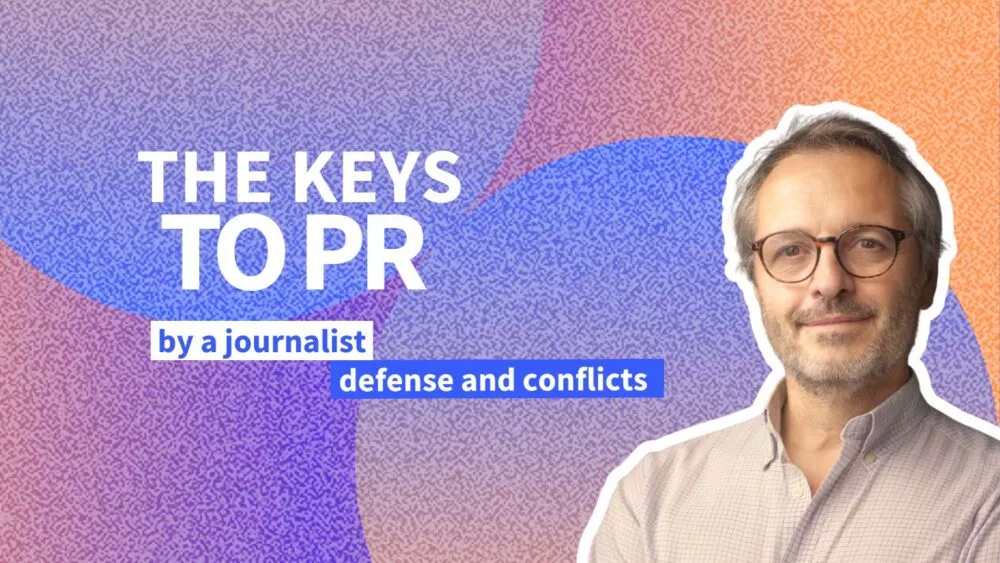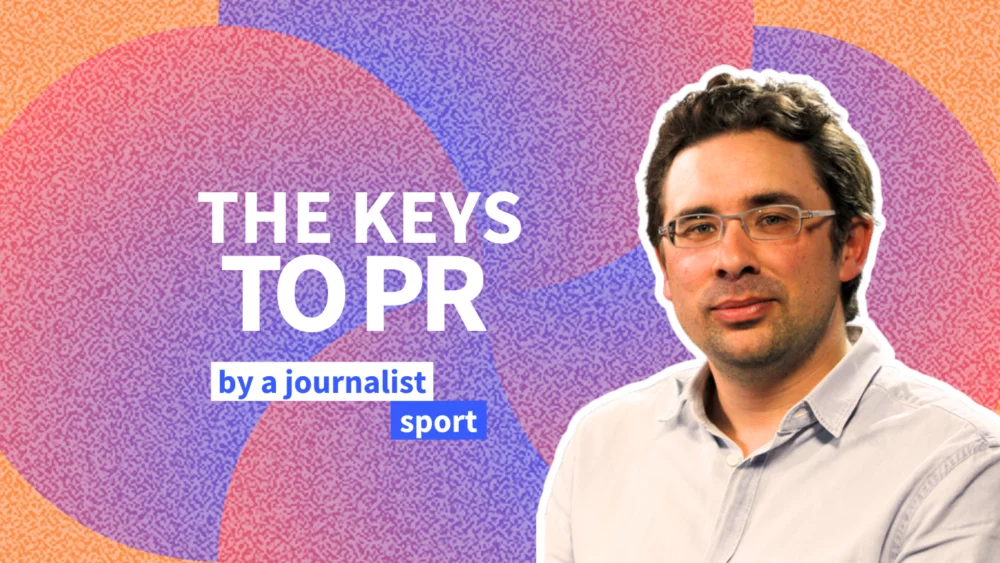How do you choose your topics? What are the criteria for a company's information to be picked up in an article?
The first criterion is the consistency of the information with Numerama's editorial line. Then, two aspects are essential: the novelty of the information and its potential interest for our readers. Obviously, if we as journalists aren’t ourselves excited by a piece of information we receive, there’s a strong chance our readership won’t be either.
What are your main sources of information when writing your articles?
Our monitoring is quite varied. We obviously closely follow the work of our tech-focused colleagues in the United States, but also in other areas such as science, cybersecurity, or electric mobility. We also broaden our research to other parts of the world, like China. Finally, we also keep an eye on the work of French media, whether generalist or specialized, like Numerama.
In addition, we use RSS feed aggregators and social networks, which are useful for sorting information, spotting topics, and contacting sources. Our goal always remains to trace back to the most primary source of information.
What role do PR professionals play in your day-to-day work?
Valuable sources, quite simply. They’re contacts I genuinely see as people who can help us on a daily basis. The best relationships I have with PR professionals boil down to this: communicators who send us information, saying, “maybe this will interest you, maybe not, but I’m sharing it anyway.” When the exchanges happen in this spirit, in a relationship of trust and goodwill, it’s truly ideal. That’s what I appreciate the most.
Do press conferences still seem relevant to you in 2025?
Yes, they are, but it depends on the context. After Covid, we questioned the necessity of in-person events. For some topics, like the launch of the new Switch 2, being on-site and testing the product, while being able to speak directly with Nintendo representatives, adds real value. However, for announcements from AI companies, for example, where there’s no object to handle, traveling to San Francisco isn’t necessary. In that case, a video conference is just as effective. Press conferences remain important because they allow for enriching exchanges, and colleagues' questions can also help us. However, it's essential to evaluate their relevance based on the announcement.
Would you describe it more as teamwork or a power dynamic?
That’s not really how I see it. I think we’d all benefit from spending some time behind the scenes of each other’s work, to better understand the challenges on both sides. PR professionals are also there to make our job easier, and we’re glad to rely on them, especially when it comes to reaching hard-to-contact people. We have no interest in fostering bad relationships. On the contrary, even though, I admit, it’s not always simple.
What do you expect from a press release? What mistakes should be avoided?
First of all: limit the volume! I receive hundreds of press releases per day, so getting the same email ten times doesn’t make me want to pay attention to it. In my view, the ideal press release arrives at the right time, gets straight to the point, and remains concise. I particularly appreciate it when it contains clear bullet points that summarize in a few lines the key elements and explain why the topic might interest me. If those points catch my attention, I’ll read the press release in more detail. Unfortunately, we also receive many press releases that don’t align with our editorial line. That’s a real shame, because poor targeting wastes communicators' time without leading to a publication or even a reply. Another piece of advice I’d give: avoid trying to “pre-chew” the journalist’s work by imposing an angle or approach. Of course, we appreciate clear and structured information, but our role is also to think about how Numerama is going to cover a topic. Suggesting possible angles is welcome, but it’s even more appreciated when we’re given the freedom to make our own choices.
To sum up, what are the conditions for good PR?
The CNRS, for example, sends out a list of available experts for each news topic. That kind of initiative really saves us time. We appreciate exclusive information, as it strengthens the trust between journalists and brands. That said, if a press release is sent to all media outlets at the same time, the value of the information is diminished—especially for a specialized press like ours. In those cases, we need to find an original way to cover the topic. Still, it’s essential to include us in these mailings: we appreciate being considered on the same level as generalist media. Letting journalists know when a contact person changes is a simple but valuable gesture. It saves us time and makes communication easier, since we naturally associate topics with the people we’re used to working with. It’s important to identify the relevant editorial team and address the right contact. In our team, each person has their area of expertise. Personally, I often cover space-related topics, so it’s more relevant that CNES press releases be sent directly to me, rather than to a colleague specialized in video games. Good targeting will always be more effective than a generic mailing.
Nelly Lesage’s expectations:
– Press releases that are concise, clear, and well-structured
– Targeted distribution, per journalist, based on their specialization
– Allowing journalists the freedom to approach the story their own way, without imposing an angle
– Providing useful additions, such as expert lists, to facilitate journalists’ work








